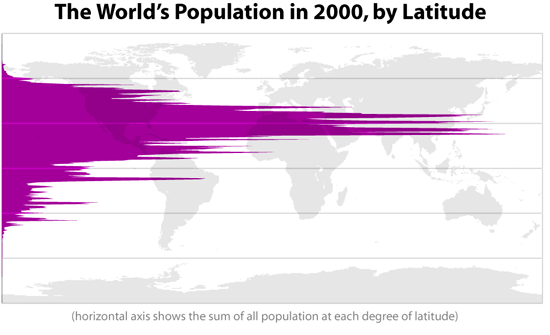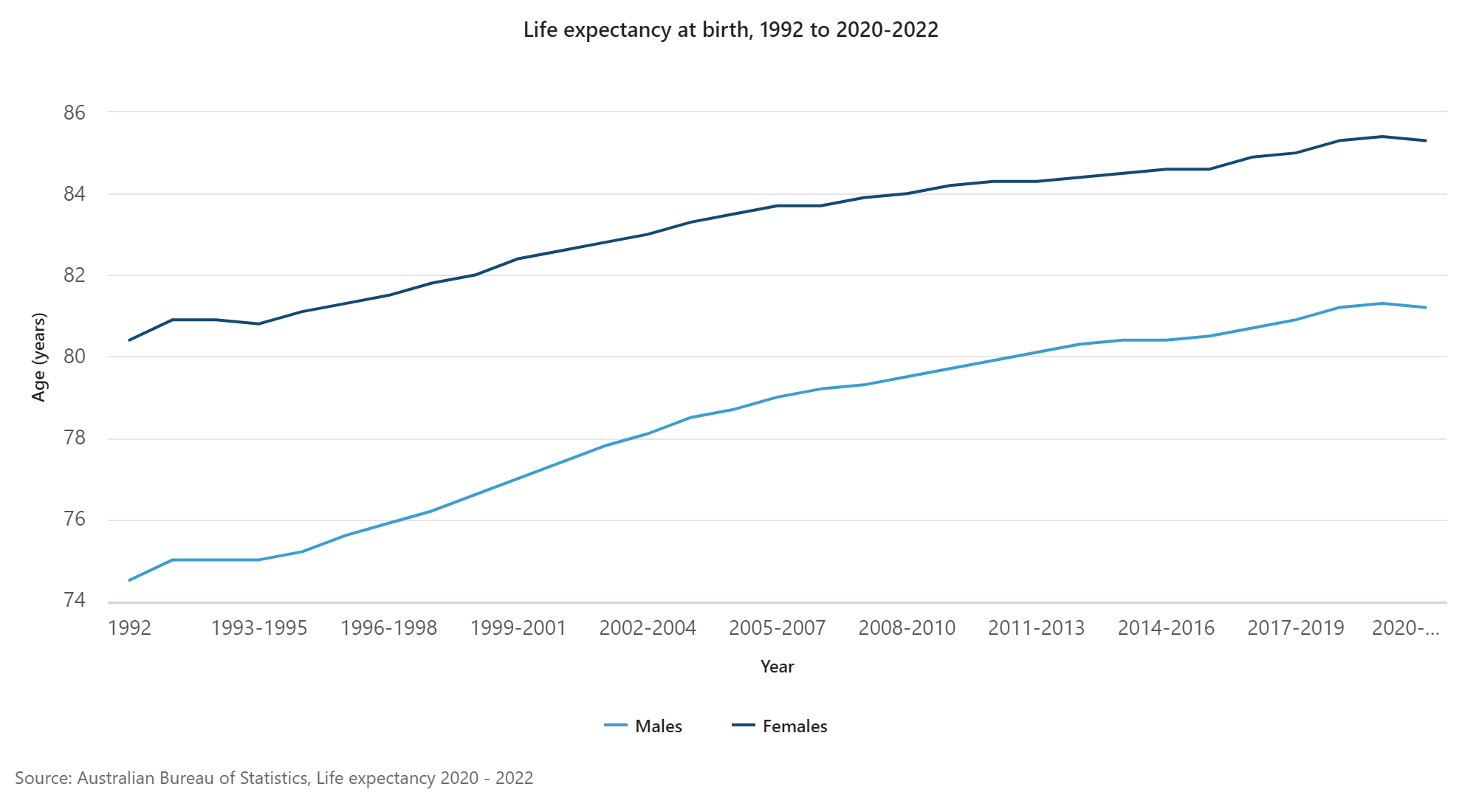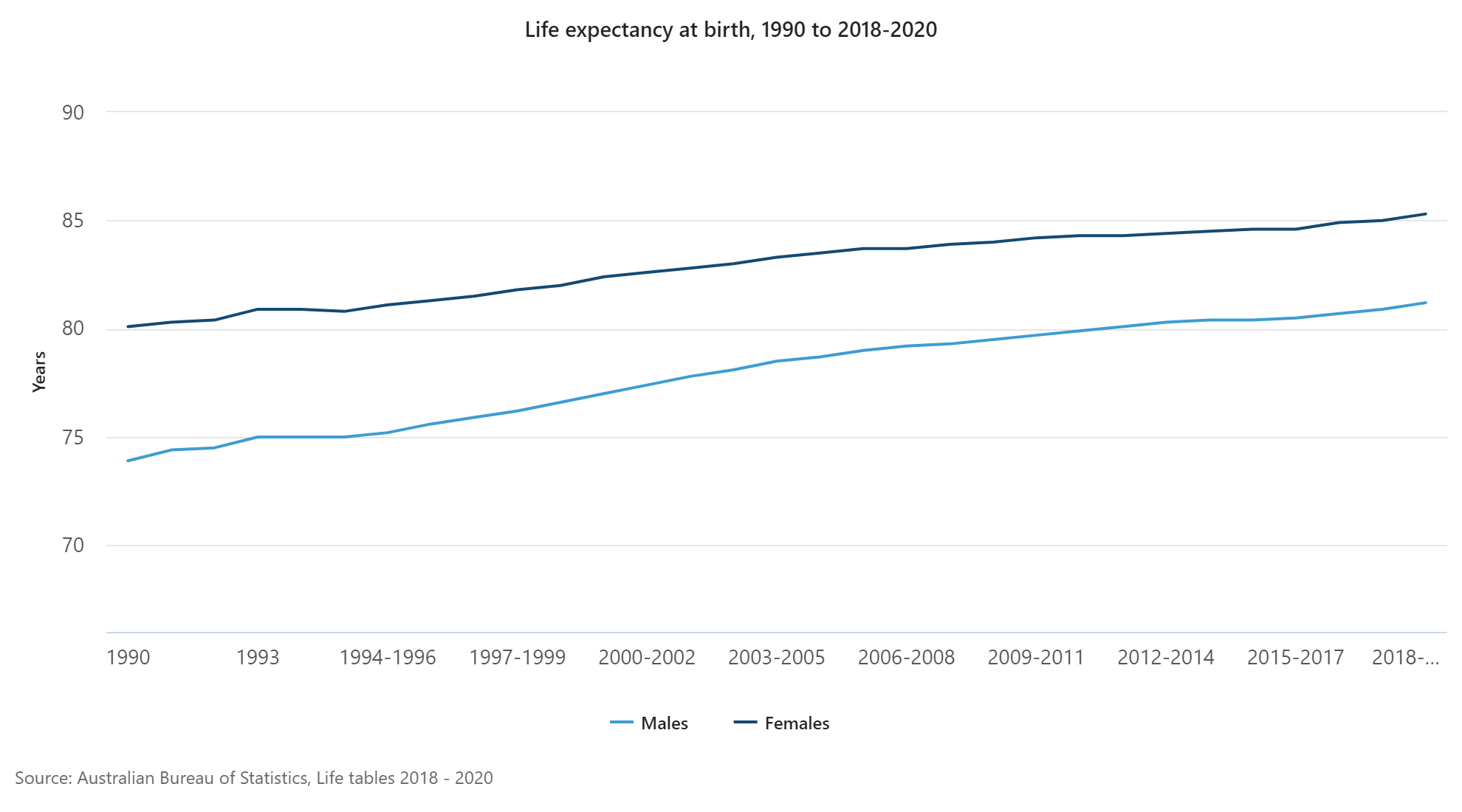Southern Hemisphere rugby reigns supreme as the semi-finals of the Rugby World Cup (RWC) loom with all four teams from south of the equator. Why is this relevant in a population blog you might ask? Well apart from the fact that I’m a Kiwi, it’s quite a feat since geographically the southern hemisphere is dominated by sea (nearly 81%) and less than 10% of the world’s population live on the southern land masses.
Cartographer Bill Rankin maps the population spread across a global atlas and you can see that there is a clustering of the population close to the equator. In fact only 1% of the world’s population lives south of the Tropic of Capricorn (at 23.13724°S)

To be sure there are many other notable characteristics that the Southern Hemisphere can boast – apart from staunch scrummaging and fancy footwork. As I dredged through facts and figures of longest, highest, oldest, biggest, one stood out … the world’s driest place.
Sandwiched in a double rain shadow, where the flow of moisture is blocked from the Amazon in the east by the Andes and Chilean Coastal Range and to the west by cold ocean currents and high air pressure from the Pacific Ocean, is the Atacama Desert. It’s a 1000km strip of coastal Chile.
In 1569 Spanish nobleman Alonso de Ercilla wrote in his epic poem La Araucana,
“Towards Atacama, near the deserted coast, you see a land without men, where there is not a bird, not a beast, nor a tree, nor any vegetation.”
Perhaps Ercilla foretold of what was to come, as from that time for the next 400 years until 1970 Atacama had no significant rain. In fact Atacama is so dry it closely resembles Mars and so is used by NASA to test equipment for mission to Mars.
Now I know Atacama has little to do with rugby, the initial subject of this blog, and I’d be pushed to make a link … except perhaps an oblique reference to the dry run the English rugby team had in this year’s tournament (sorry I couldn’t resist!), yet when I started to read about how hyper arid the Atacama Desert is, I was astonished. National Geographic writer Priit Visilind gloomily intoned
You won’t see a blade of grass or cactus stump, not a lizard, not a gnat. But you will see the remains of most everything left behind. The desert may be a heartless killer, but it’s a sympathetic conservator. Without moisture, nothing rots. Everything turns into artefacts. Even little children.
If you are interested in reading about a place that is so dry, dead things simply shrivel, checkout this article in the National Geographic
Of course Australia has its own magnificent deserts – The Great Victorian, The Simpson and the Gibson are all ranked in the world’s top twenty. Some of .id’s clients are situated near these vast areas – for a peek at how desert’s shape communities go to the profiles of Roxby Downs, SA , Ashburton, WA, and Karratha, WA.










